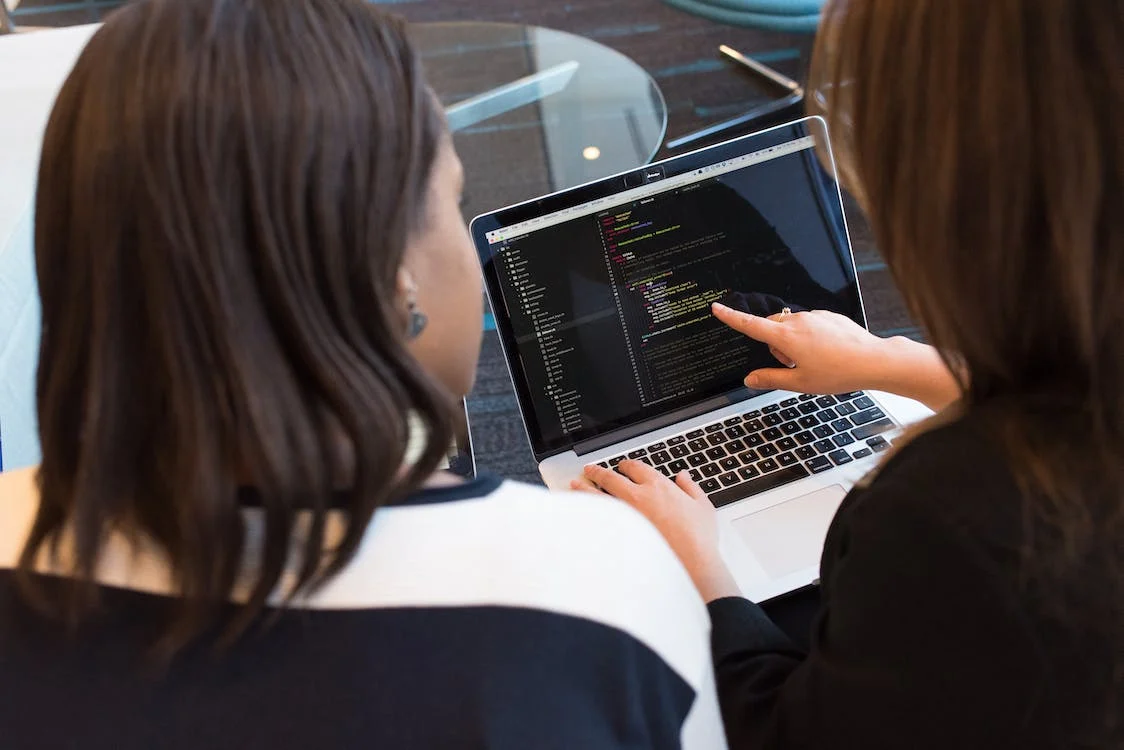There are loads of program design languages students can use in software design. Each of these languages corresponds to particular needs and possesses specific characteristics. Ultimately, your decision on the right program design language will be contingent on the prerequisites you need to meet and the resources you have to grasp and train in the language.
Generally, good software design ought to be clear-cut to use. In addition, it must be easily legible and portable. Abstraction and efficiency are other important attributes of respectable software design languages.
Python has existed for numerous years and is highly admired as an encoding language. Many computer scientists prefer Python because of its effectiveness, legibility, and transferability. It is also comparatively trouble-free to learn, making it a perfect choice for students seeking to learn how to write code. This article highlights why Python is the model encoding language to master.
What Is Python Encoding Language
Before we go deeper into what makes Python the preferred encoding language among programming enthusiasts, we must define the term. In this context, Python refers to an interpreted and high-level language for general-purpose software design. The language is intended to concentrate on legibility and straightforwardness.
It is crucial to comprehend that Python is a highly adaptable software design language you can find. It is also beginner friendly, making it one of the most well-liked program design languages. Furthermore, when using Python, program writers can interpret statements in different operating systems. Do you need urgent Python assignment help? There are many websites offering custom assistance online at reasonable rates.
Where Is Python Used?
Python is highly widespread for being one of the speediest and most dominant software design languages, making creating code fun and organized. For example, coders can enthusiastically type variables without the need to highlight or justify what the variables signify. Also, Python is free-to-use, meaning you can begin creating code immediately without spending huge sums of cash.
Python is utilized for numerous things. The most commonplace uses include the production of software apps and sites. Python also comes in handy when designing task mechanization and data conception. The language is uncomplicated and effortlessly grasped. It means that both systems analysts and non-programmers can utilize this tool.
Accountants, data analysts, and scientists can use this software design tool and profit from its unique benefits. The language is also ideal for data analytics. Now that more data is being produced than ever, the demand for professionals capable of collecting, manipulating, and organizing data is high.
Using Python to analyze data seems like an obvious match. Data is becoming more massive as days go by, and companies have to look for ways to explore all opportunities to understand and leverage the data. Data analytics using Python helps companies operate their businesses. It helps companies spur growth and improve profits. In this sense, data analytics implies the exploration and analysis of massive datasets, helping companies gather, clean, and manipulate data to generate meaningful insights.
Python is ideal for this work since the software design tool is incredibly simple and flexible. It is effortless to grasp and utilize to manipulate data, particularly when handling enormous amounts of info. Python is also perfect for visualizing data.
Why Is Python Good for Programming?
Evidence shows that Python remains one of the industry’s most widespread software design languages. Here are some benefits the tool holds over its competitors:
Python Is Easy to Use
One notable reason why Python is extremely well-liked is its ease of use. Experts recommend that a perfect software design language be simple, easily learnable, and readable. Humans should easily recognize it. Here, great readability means developers find it easy to create comprehensive code.
Based on these criteria, Python performs exceptionally and is perfect for programming or coding for the first time. Moreover, it serves as a perfect introduction, given its relative simplicity.
Python Has Uncomplicated Syntax
Another advantage of using Python is its comparative user-friendliness and effortlessness. Its syntax bears many resemblances to the English language. However, the straightforwardness makes it a highly favored software design language. Users can efficiently work out the contents of each line of code.
You can easily execute Python syntax by typing directly in the command line. But don’t let its simplicity fool you. Python is a highly advanced coding language helping users to complete complicated tasks on the back-end.
Python Has a Prosperous Community Offering Assistance
It is important to reiterate that Python is a free-use tool. This information means anyone who needs to use Python can access it for coding. Furthermore, a blooming community of programmers offering support and helping others develop the ecosystem. These professionals contribute to the language, enriching it and enhancing its efficiency.
Since Python is free, program designers can use it for a fee. The additional reward is that anybody using the stage can produce extra tools and libraries, benefiting others in society. In addition, this developing community enhances the language’s uses and functionality.
Python Is Multipurpose
It is imperative to reiterate that Python is an all-purpose software design language. This fact means that students can access and use it for various functions. For example, data experts can benefit from this tool when generating conceptions and maneuvering data. Likewise, website designers can use Python to generate sites. The result is that Python has countless uses, hence its speedy acceptance.
Furthermore, studying Python is beneficial because creators proficient in the language are highly sought-after. So, students interested in kickstarting their careers in programming should consider learning Python a critical step. The skills could prove useful as you begin your journey towards a successful career. Since Python can be incorporated into many emergent technologies, mastering the language will expose you to limitless opportunities.
This article investigates the factors spurring the speedy upsurge in the popularity of the Python program design language. The tool is comparatively forthright, meaning absorbing the fundamentals can take only a few days. Practice frequently, and learn to be patient with yourself. Python is user-friendly, versatile, and free.
















